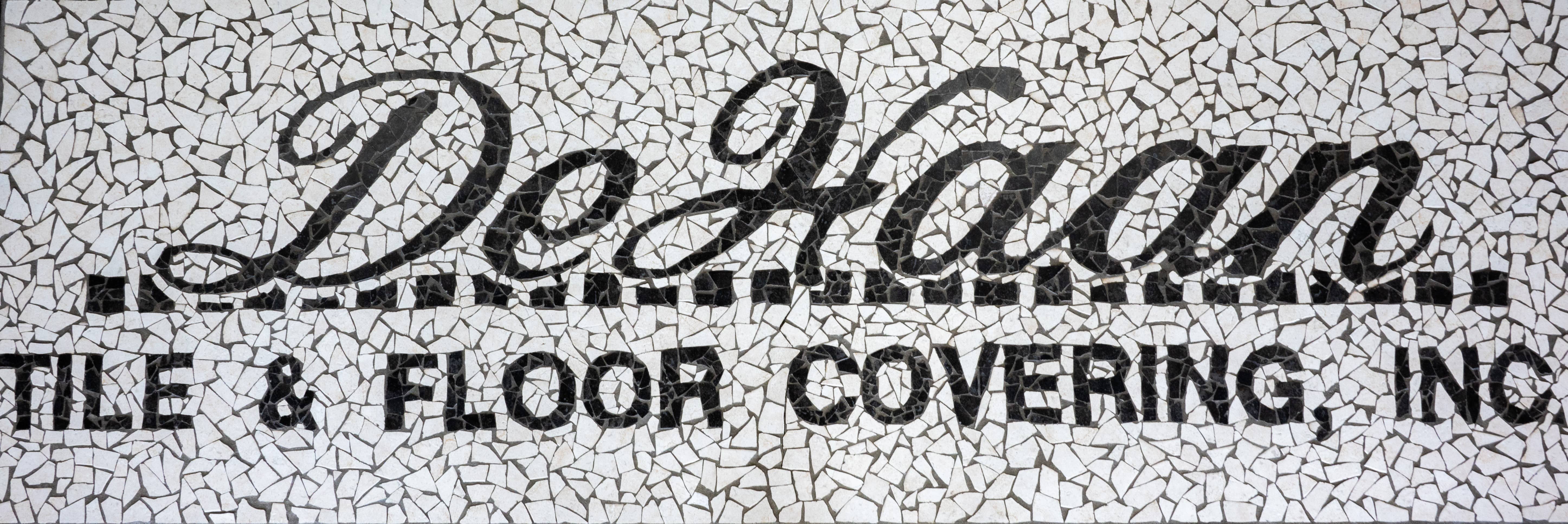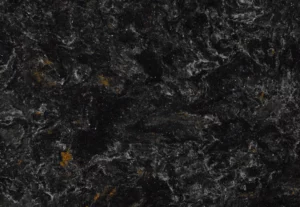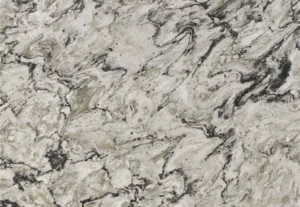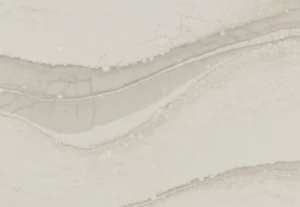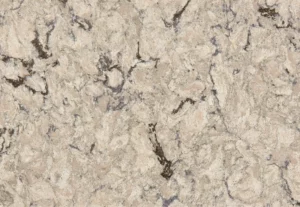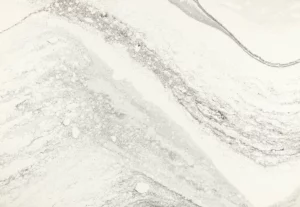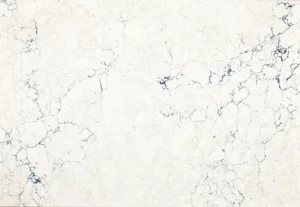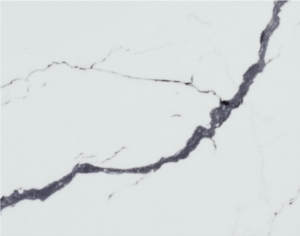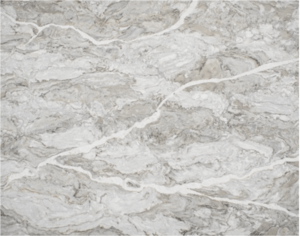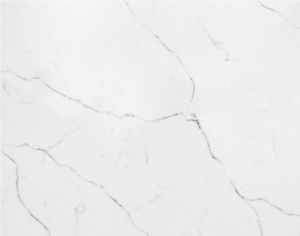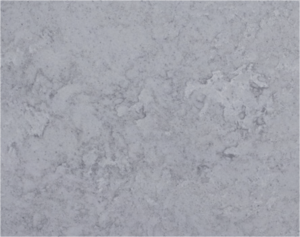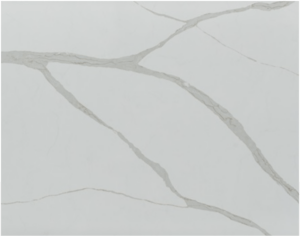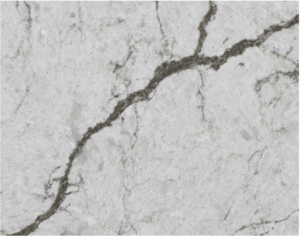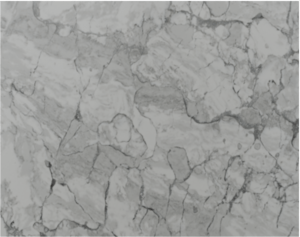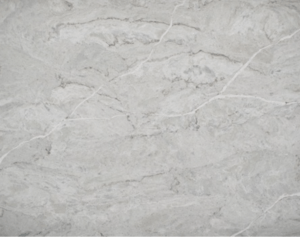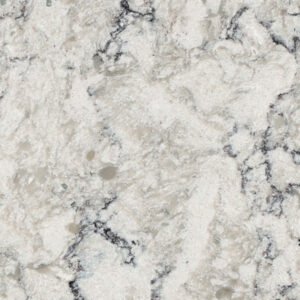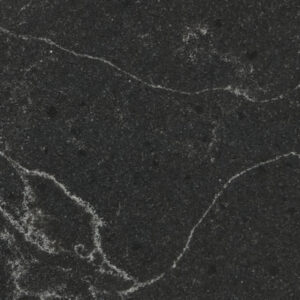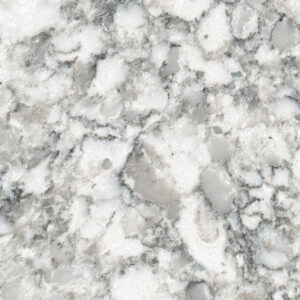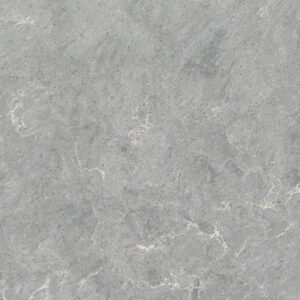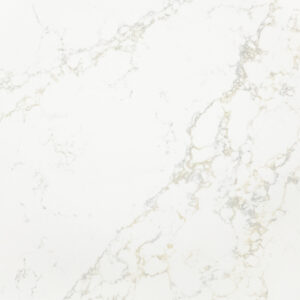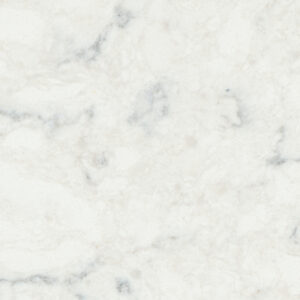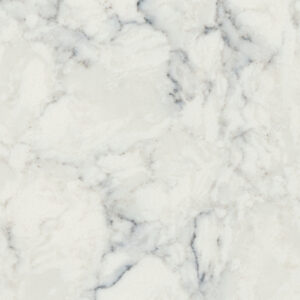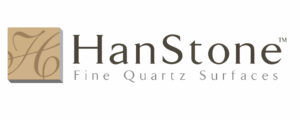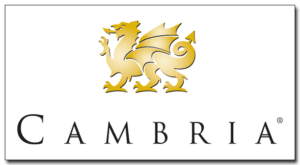Need New Countertops?
The crowning touch to any cabinet is the countertops. We offer a variety of surfaces, from granite to engineered stone and tile. And with our expert staff, we can assist you in choosing styles and colors for a beautiful, livable kitchen. Whether your kitchen is a place to prepare food or an area to entertain guests—or both—we’ll find the right countertop for your budget. We feature quartz & laminate countertops and serve Grand Rapids along with the surrounding areas including East Grand Rapids, Ada, Caledonia, Byron Center and surrounding areas.
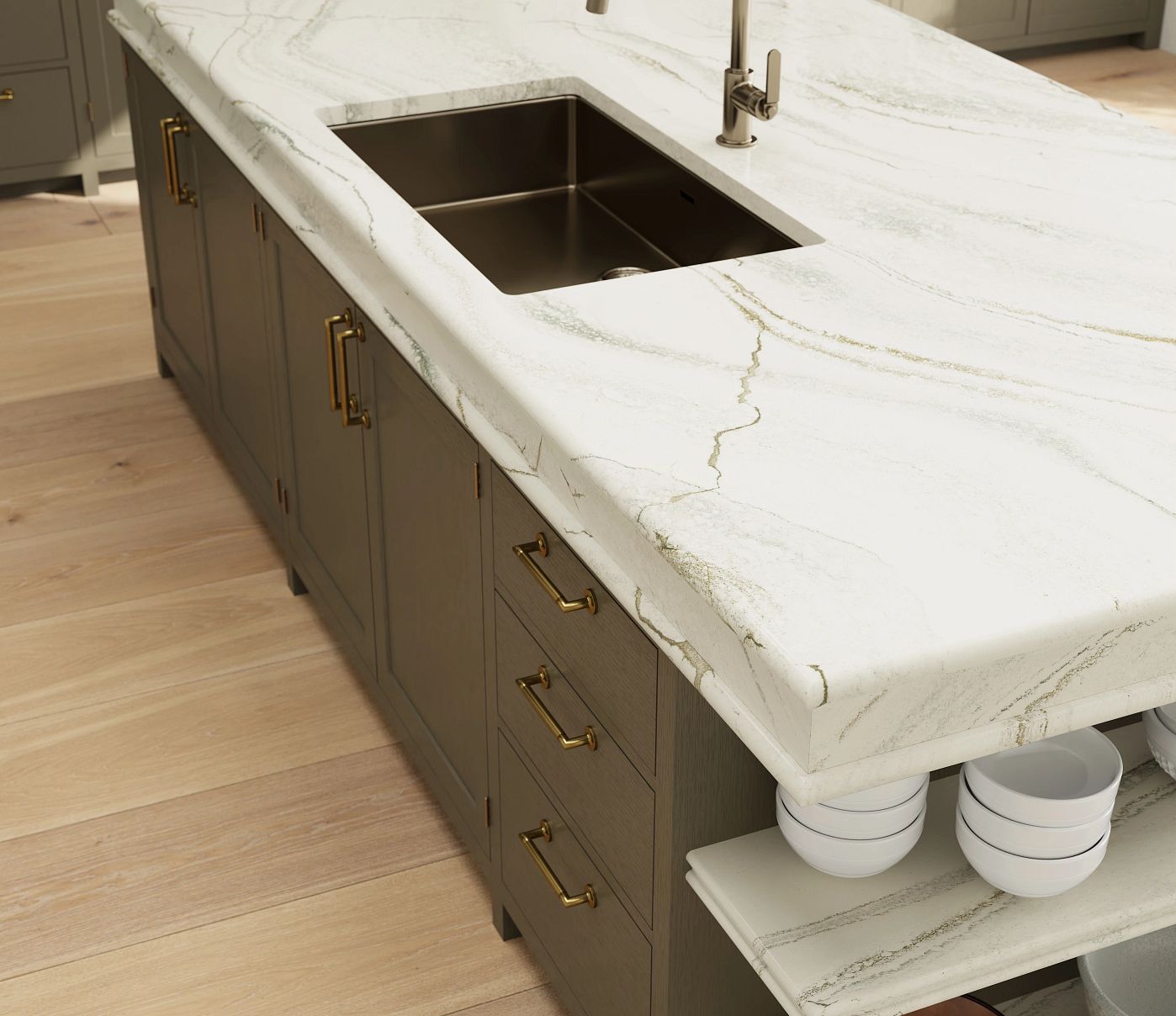
Types of Countertops
At DeHaan Tile & Floor Covering, we know that selecting the right countertops can be just as daunting as choosing the right flooring. We make choosing the perfect materials for your home…simple and enjoyable.
We'll help you select the perfect countertop for your kitchen, bathroom, bar & more!
Why Choose Quartz?
Quartz surfaces are maintenance free, stain resistant, and food safe. They simply perform better than most countertop material. They won’t absorb moisture from raw or leftover food, which can harbor harmful bacteria. Elegant, easy to maintain, they resist chipping and scratching. Quartz surfaces are more durable than granite and marble.

Countertop Installation
Thank you for choosing DeHaan Tile & Floor Covering for your countertop project. As your installation day approaches, please take a moment to think about what you can expect on installation day and ways you can help make your home ready for us to work in.
Over 300 colors in Stock
The crowning touch to any cabinet is the countertops. We offer over 300 colors of surfaces, from granite to engineered stone and tile. And with our expert staff, we can assist you in choosing styles and colors for a beautiful home. Whether your kitchen is a place to prepare food or an area to entertain guests—or both—we’ll find the right countertop for your budget. We feature quartz & laminate countertops & serve Grand Rapids & surrounding areas including East Grand Rapids, Ada, Caledonia, Byron Center and surrounding areas.
Cambria
Cambria is defined by their values, animated by their passion, committed to sustainability, and focused on their products. Cambria is American made and family owned. Their products are made of the finest quartz. They are distinctively durable, nonabsorbent, and easy to maintain. We back them with robust service and support and a transferable Full Lifetime Warranty.
Vicostone
Timeless design combined with unparalleled quality and ingenuity enables us to create unique and beautiful, Quartz stone surfaces that reflects your personality down to every last detail. VICOSTONE quartz based engineered stones are produced from about 90% pure natural quartz aggregates which are adhered with polymer resin with color powder, and have a hardness and flexural strength which is much higher than natural stones and other engineered stones. With a special and luxurious beauty, VICOSTONE compound stones are widely used in interior applications such as kitchen countertops, bathroom vanities, wall paneling, and flooring...
LX Hausys - Viatera Collection
Viatera is designed and created around the idea that a countertop is where life’s moments happen. Whether you’re looking for a surface that stands up to the demands of daily life or a surface that resists the wear of commercial applications, Viatera is available in array of colors and styles that allow you the freedom to create a space that truly reflects the beauty and wonder of your life.

Still Need Help?
Let us help you achieve your vision and see our stunning countertops and surfaces in your spaces. The best way to see Cambria designs on your own countertops, islands, and surfaces is with the Cambria Augmented Reality (AR) app. Scan the surface, select the design, and see quartz designs in your space instantly.
Get in Touch
Our experts are ready to help you on your next home improvement project! Contact us to get started.
